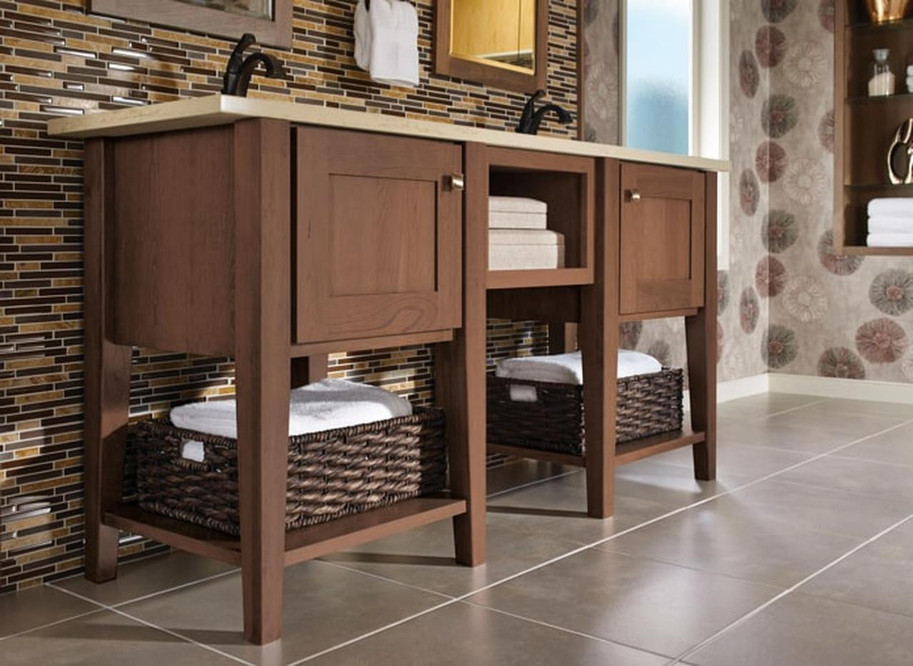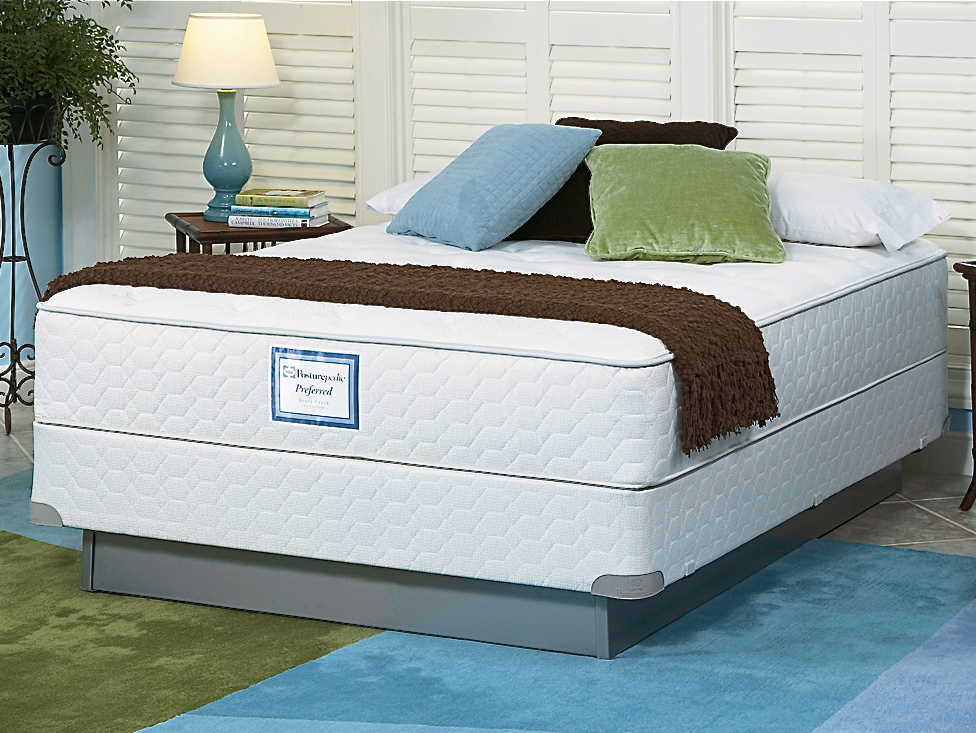Designing a home specifically for a warm, humid climate involves striking a balance between comfort and energy efficiency. It may seem counterintuitive to create an energy-efficient home in a warm region, but the right architecture and building processes can create a perfect home in a humid climate. From selecting appropriate building materials to incorporating dehumidifiers in the home design, strategies exist to create a perfectly comfortable home in a hot and humid environment.Warm Humid Climate House Designs: Strategies to Maximize Comfort
When building a home in a hot and humid climate, use materials that reflect direct sunlight and promote airflow. Opt for light colors for siding and roofing materials, as darker materials will absorb more heat. Creating a well-insulated home is important, as it will trap cool air inside during the hot months and warm air during the cooler season. Aim for a design that utilizes the natural environment and neighboring trees and plants to cool the house.These House Designs Will Help You Create a Perfectly Comfortable Home in a Humid Climate
As most hot climates see a higher rate of rainfall, be sure to choose materials for your home’s roof and walls that can withstand the moisture, like rust-proof metals and reinforced linings. Consider options like large overhangs for Kauai house plans to add some shade to windows and walls. Building with concrete is also an efficient strategy in humid climates, as it is durable and long-lasting.Design Ideas For Building Homes In Hot Humid Climates
Planning the layout of your home is an important part of creating an energy-efficient living space. Be sure to locate bigger windows on the shady side of the house and small windows on the sunnier side. If possible opt for shutters or an adjustable awning to protect areas of the house from excessive sun exposure. Employ landscaping to create additional shade for your home such as planting trees or shrubs around the building.Building Tips For Hot, Humid Climates
Choosing a good air conditioning system is an essential part of the design process for a home in a humid climate. High-efficiency systems are great for humid weather as they will help to remove the excess moisture from the air. Look for units that include an AC dehumidifier as this will help to keep your home cool while reducing condensation.Making Homes In Hot, Humid Climates More Comfortable Without Sacrificing Style
Using dehumidifiers will help to not only lower humidity and maintain a comfortable temperature, but can also reduce the chances of mold and mildew. By investing in a high-efficiency dehumidifier, homeowners can double up on their air conditioning and dehumidifying units. This will save money in the long run as you won’t have to purchase two separate systems.Dehumidifiers: Essential House Design Elements For Hot, Humid Regions
Believe it or not, there are some advantages to a hot and humid climate. Homes built using specific strategies can turn a humid climate into an advantage. For instance, warm climates can be great for solar power, due to the amount of available sunlight. Utilizing alternative energy sources in the home can help to reduce energy bills and take one step closer towards creating a more sustainable living environment.The Benefits Of Building Your Home In A Warm, Humid Climate
When creating your perfect home for a hot, humid climate, establish a plan that encompasses your lifestyle. Take into consideration things like the number of rooms you will need and the type of flooring you prefer. Think through what materials will need to be used to make the house energy-efficient and easy to maintain. Also pay attention to the use of landscaping and its effect on cooling the house.Home Design Tips For Hot, Humid Climates
In order to create a comfortable and low-maintenance home in a hot climate, it’s important to understand the weather patterns and climate for the area. By researching the average temperatures and rainfall of the region, you can choose the most appropriate building materials and tools for the job. Take into consideration things like the sunlight exposure and the direction of the wind, as these will all play a role in the energy efficiency of the home.Building Your Home In A Hot and Humid Climate: What You Need To Know
Making sure your home is energy-efficient is important in hot climates. Focus on improving insulation, airtightness, and natural ventilation. This means adding things like extra layers of insulation between living spaces and the outdoors, sealing gaps and cracks where air can escape, and utilizing airflow techniques like ceiling fans. Utilizing these design features and energy-efficient building materials like window films and insulation can both keep your home cool and reduce air conditioning costs.Creating An Energy-Efficient Home In A Warm, Humid Climate
In addition to using cool materials like metal roofing, one strategy to tackle the heat in the summer is to employ radiant barrier materials. These materials contain properties that reflect heat, which will block the summer heat from entering your home. They also have advantages in the winter, as they will trap the heat inside and help to keep your home warm while requiring less energy to do so. Staying Warm In Hot, Humid Weather With Cool Building Materials
Maximizing Efficiency with a Warm Humid Climate House Design
 Designing a house to cope optimally with a warm, humid climate is a challenge most architects and homeowners face in many parts of the world. Achieving the right balance between aesthetic appeal and energy efficiency in a warm humid climate house requires strategic planning.
Designing a house to cope optimally with a warm, humid climate is a challenge most architects and homeowners face in many parts of the world. Achieving the right balance between aesthetic appeal and energy efficiency in a warm humid climate house requires strategic planning.
Encouraging Natural Light
 One of the first steps in any
warm humid climate house design
project is to assess the existing layout and take advantage of natural light as much as possible. Allowing natural light to flow into the living spaces can help reduce the need for electrical lighting, as well as provide a natural source of warmth. Keep windows unobstructed and install strategically placed skylights where feasible. This encourages a well-lit atmosphere and offers long-term payoff in energy savings.
One of the first steps in any
warm humid climate house design
project is to assess the existing layout and take advantage of natural light as much as possible. Allowing natural light to flow into the living spaces can help reduce the need for electrical lighting, as well as provide a natural source of warmth. Keep windows unobstructed and install strategically placed skylights where feasible. This encourages a well-lit atmosphere and offers long-term payoff in energy savings.
Maximizing Ventilation
 Taking advantage of the temperature and humidity available in a warm climate also requires maximizing natural ventilation. This is best achieved by opening as many windows as possible in the living areas of the home, positioning them opposite each other and allowing cross-ventilation. A
warm humid climate house design
also should incorporate windbreaks to increase air flow, while preventing excessive rain penetration. Selecting artificial ventilation systems, such as energy-efficient ceiling fans, is also beneficial.
Taking advantage of the temperature and humidity available in a warm climate also requires maximizing natural ventilation. This is best achieved by opening as many windows as possible in the living areas of the home, positioning them opposite each other and allowing cross-ventilation. A
warm humid climate house design
also should incorporate windbreaks to increase air flow, while preventing excessive rain penetration. Selecting artificial ventilation systems, such as energy-efficient ceiling fans, is also beneficial.
Optimizing Energy Efficiency
 To give your
warm humid climate house design
project a green edge, consider solar-powered ventilation, thermal mass cooling, and solar orientation. In tropical climates, no additional cooling systems are needed; however, a well-designed roofing system can further prevent air leakage from the attic. When choosing insulation materials, opt for energy-saving options that can provide a good resistance to water vapor, such as recycled cotton denim or foam insulation.
To give your
warm humid climate house design
project a green edge, consider solar-powered ventilation, thermal mass cooling, and solar orientation. In tropical climates, no additional cooling systems are needed; however, a well-designed roofing system can further prevent air leakage from the attic. When choosing insulation materials, opt for energy-saving options that can provide a good resistance to water vapor, such as recycled cotton denim or foam insulation.
Strategic Planting
 Landscape design can also play an important role in the overall
warm humid climate house design
. Strategic planting of trees and shrubs can assist in naturally cooling the air and reducing solar radiation. Incorporating water features, such as ponds, fountains, and waterfalls, can also help to cool the surrounding air. For best effect, all external elements should be situated in a way that maximizes airflow throughout the property.
Landscape design can also play an important role in the overall
warm humid climate house design
. Strategic planting of trees and shrubs can assist in naturally cooling the air and reducing solar radiation. Incorporating water features, such as ponds, fountains, and waterfalls, can also help to cool the surrounding air. For best effect, all external elements should be situated in a way that maximizes airflow throughout the property.








































































